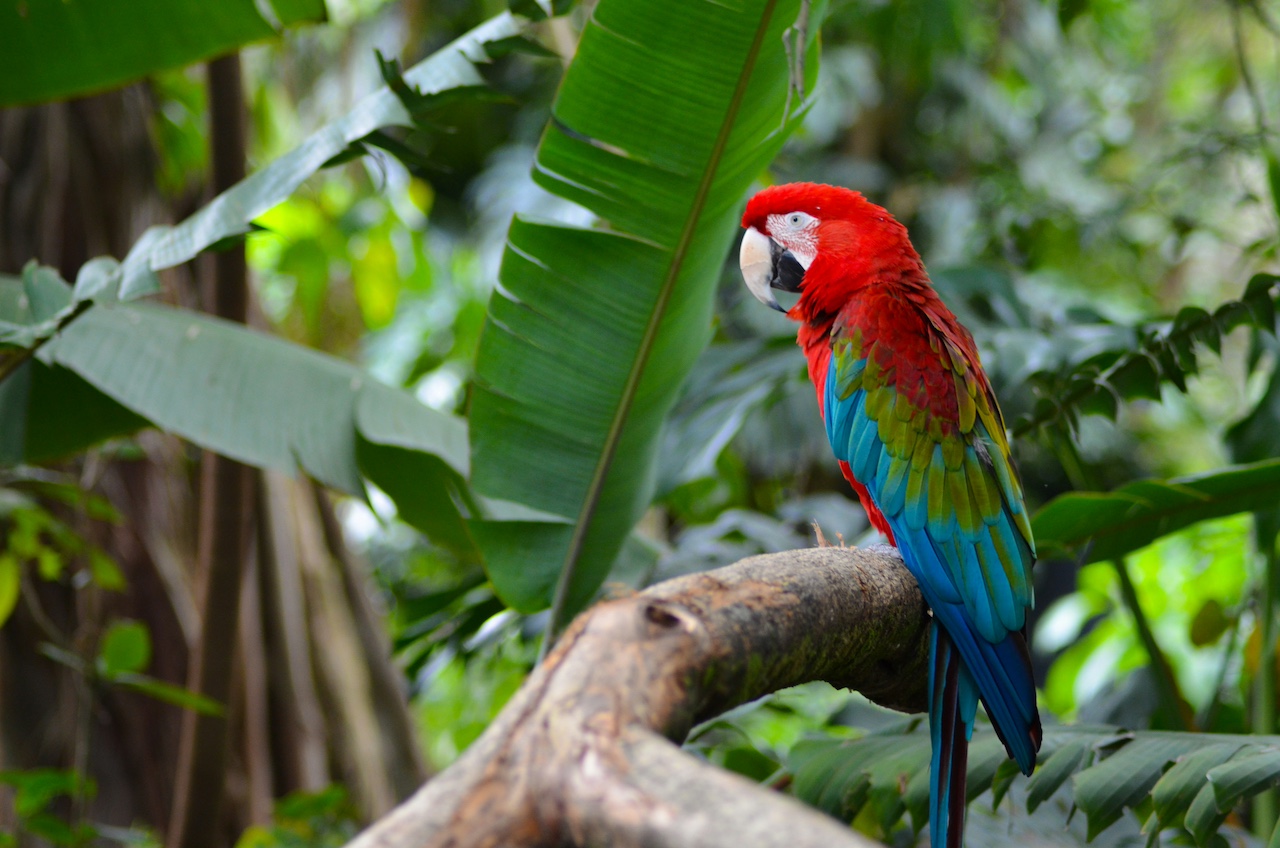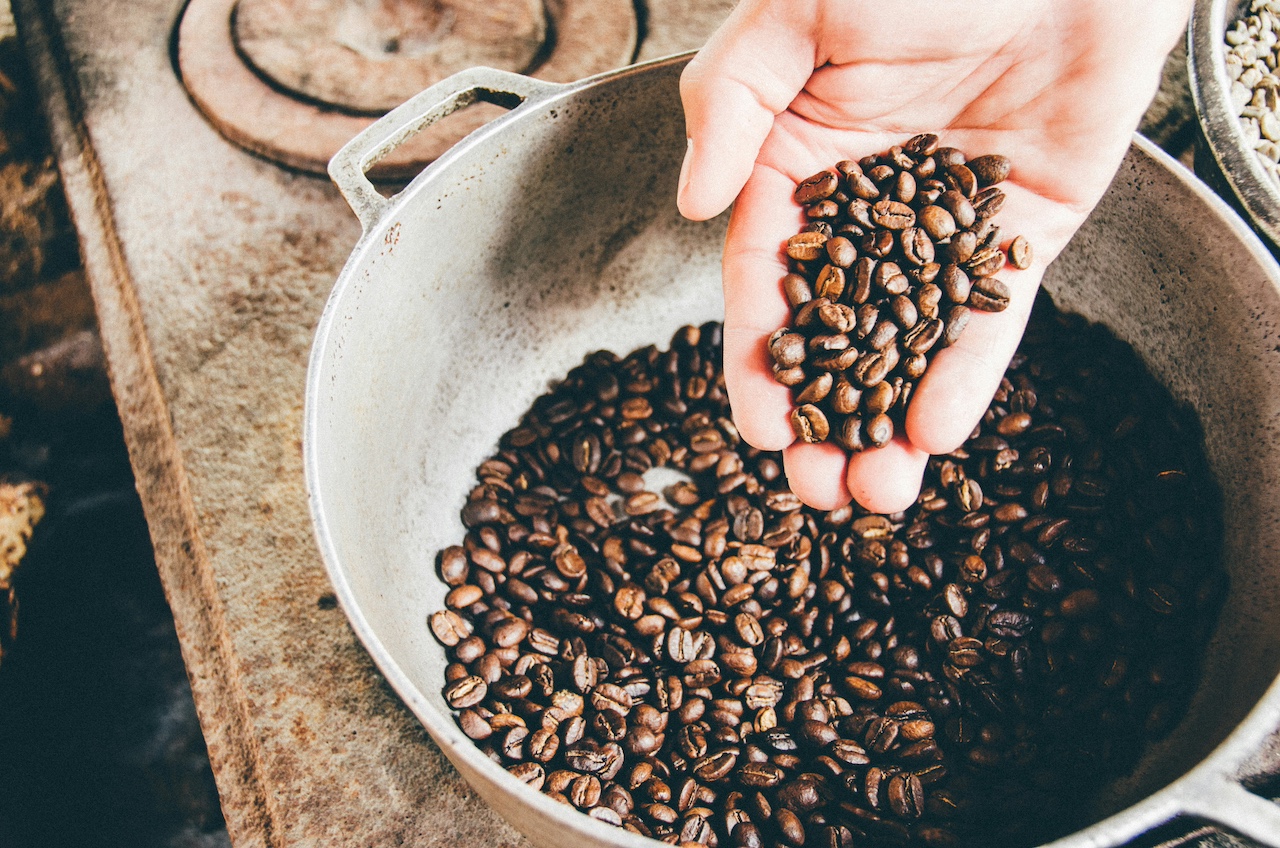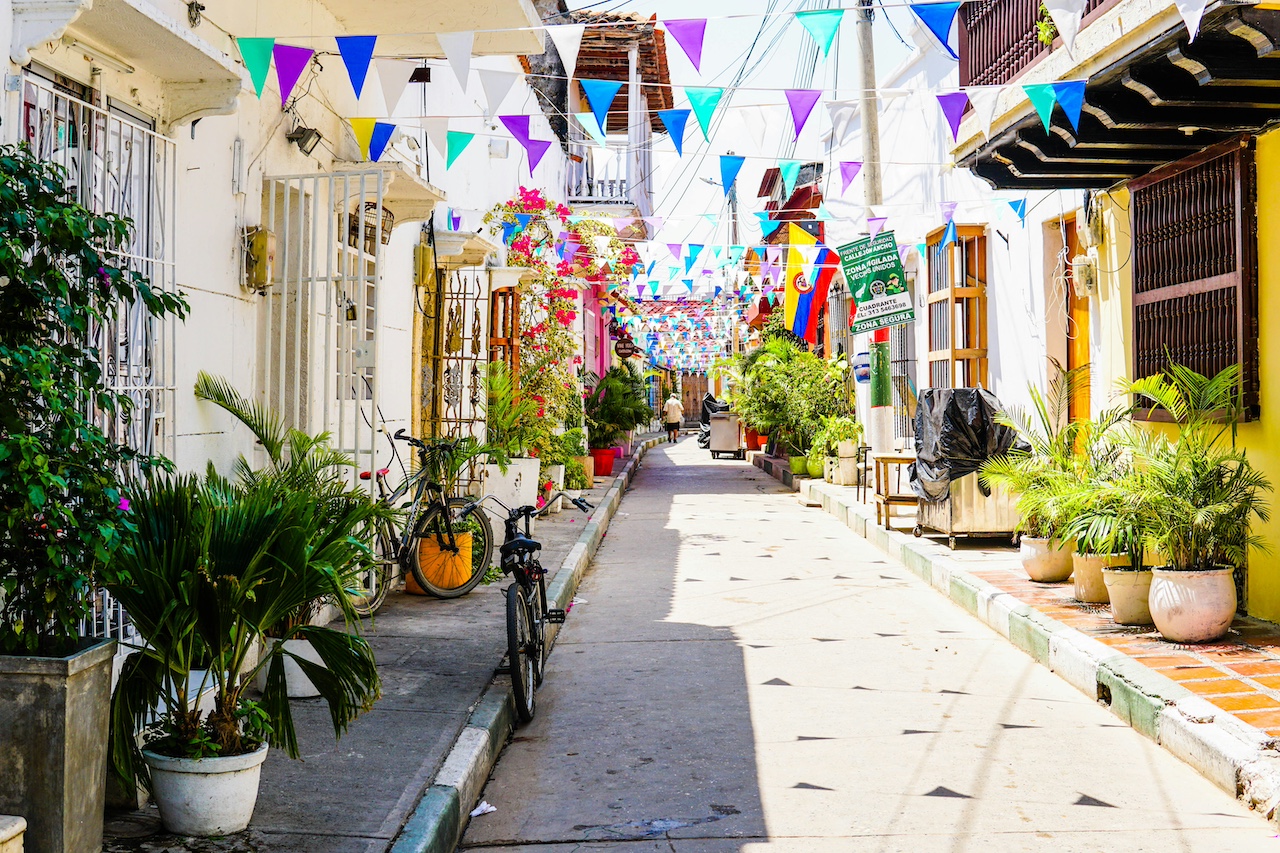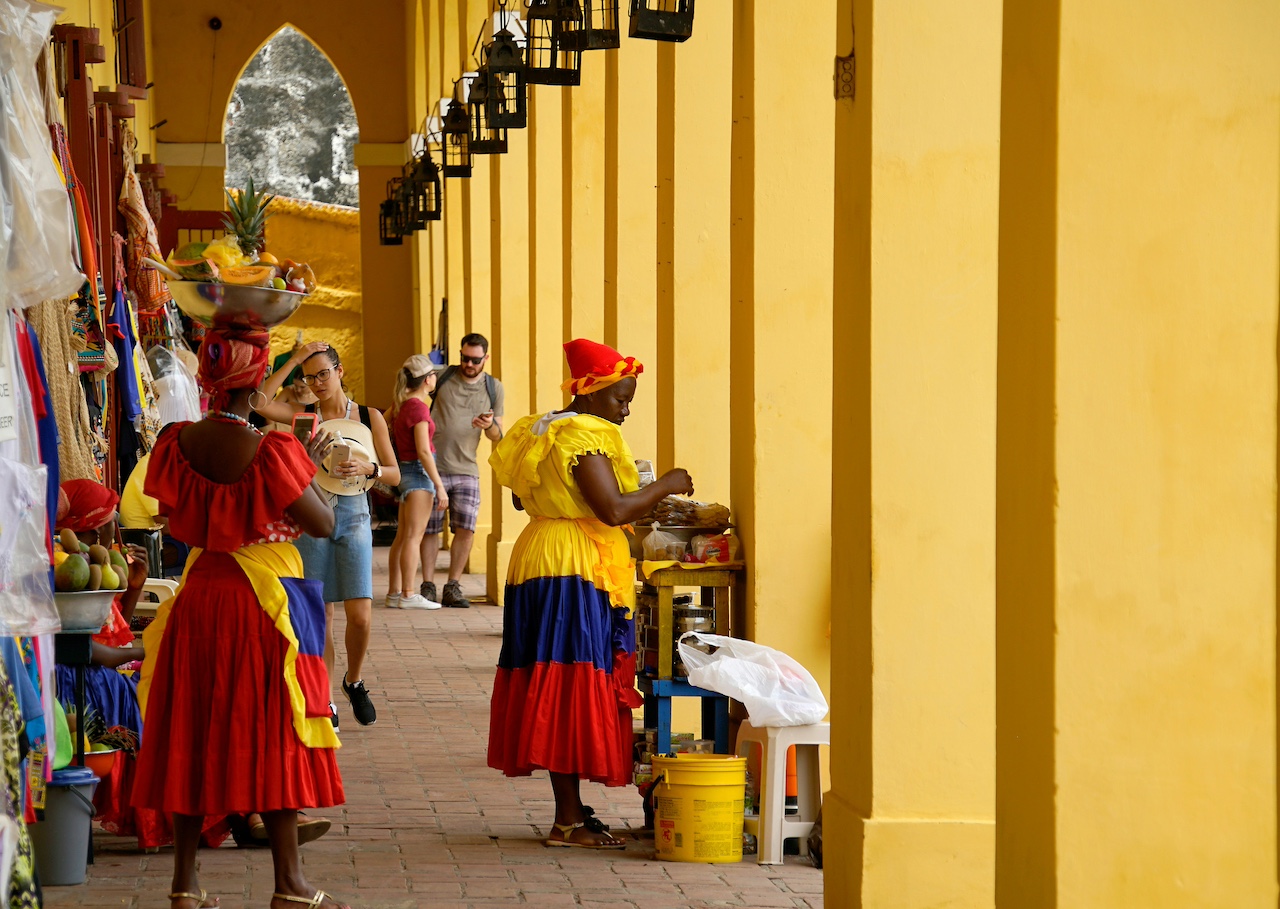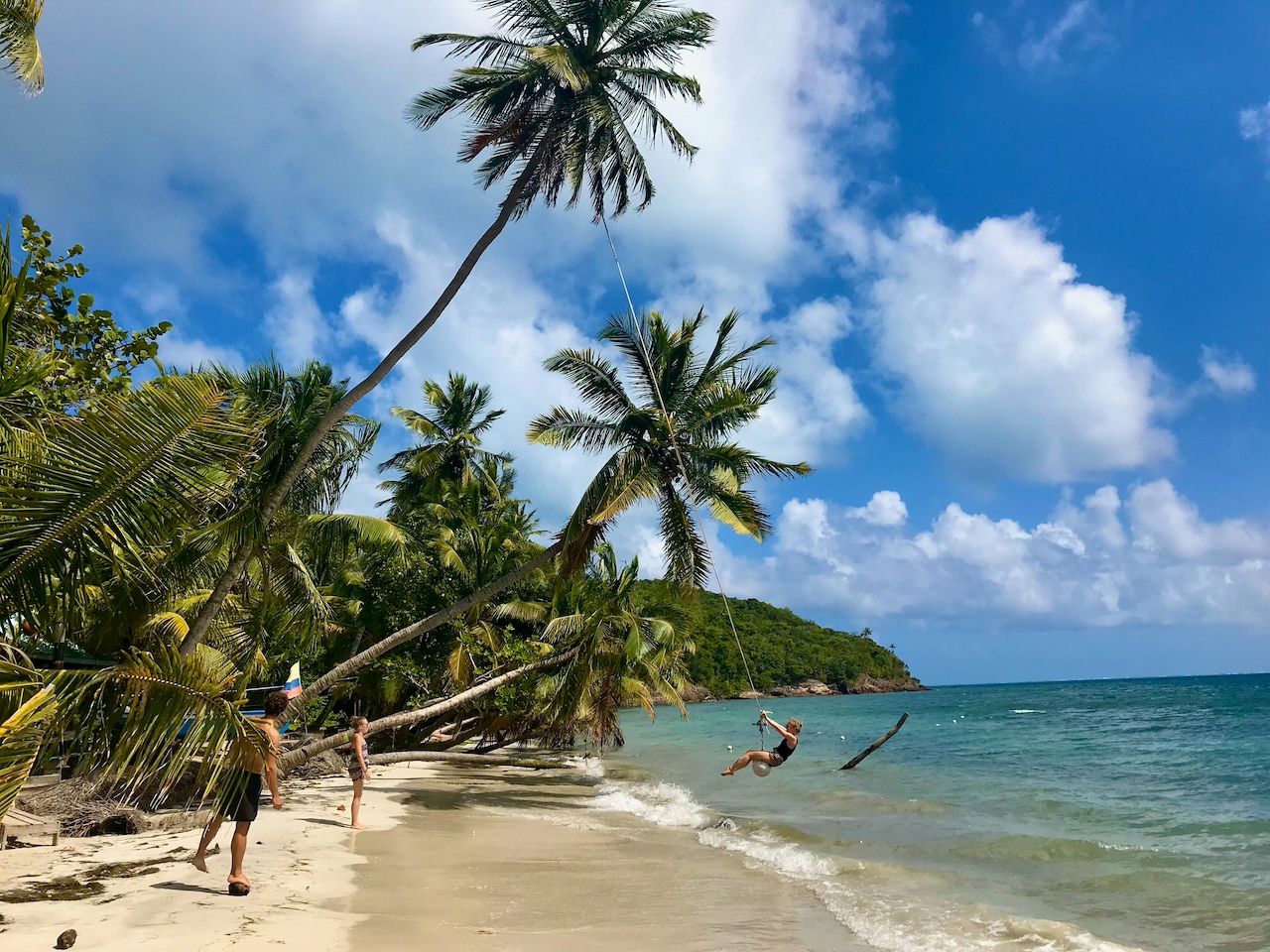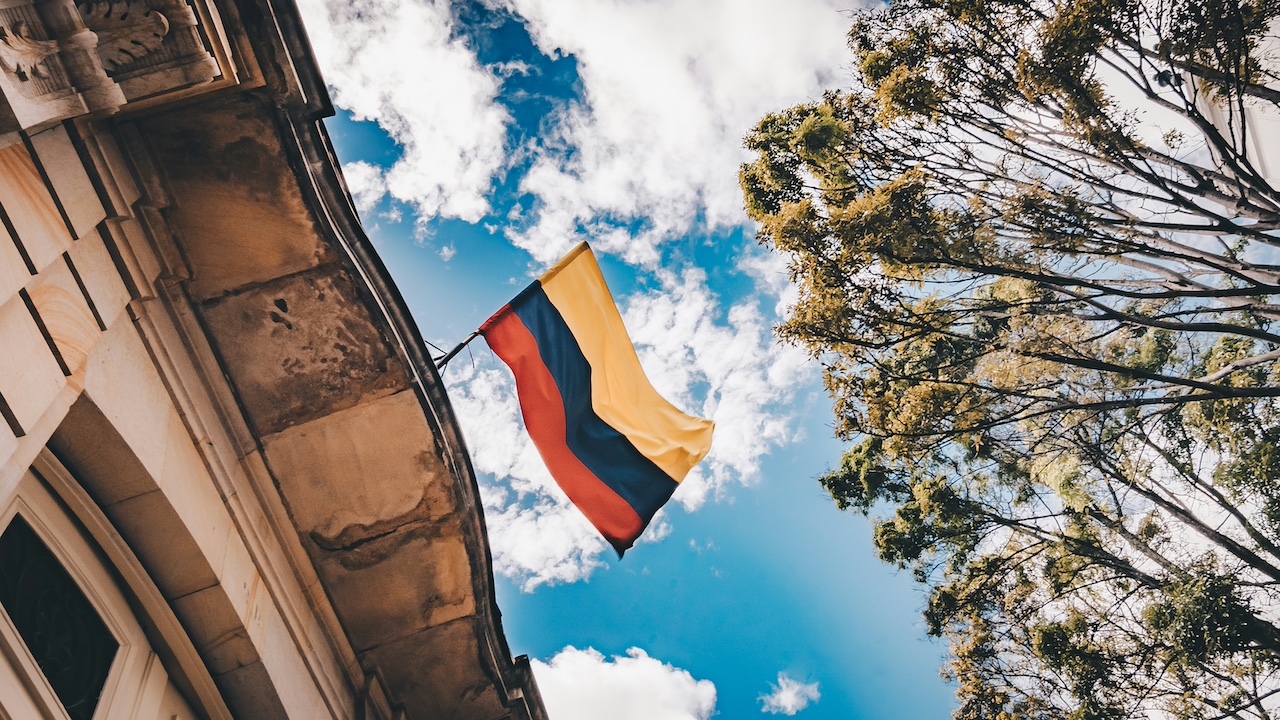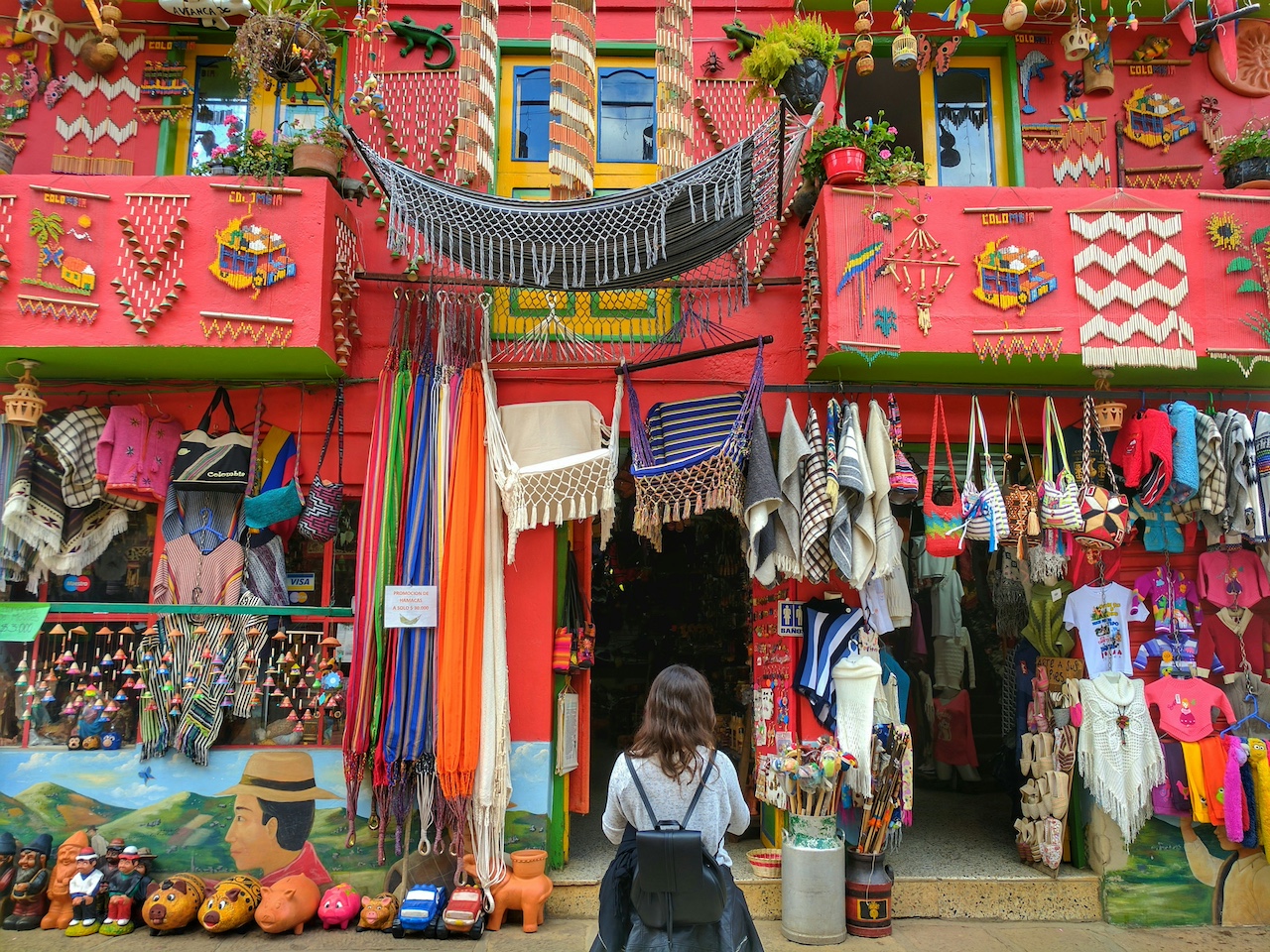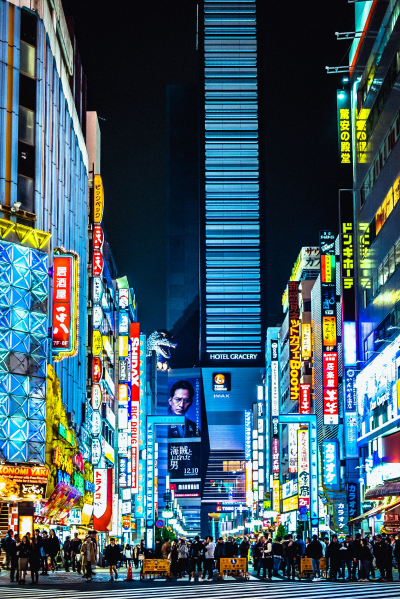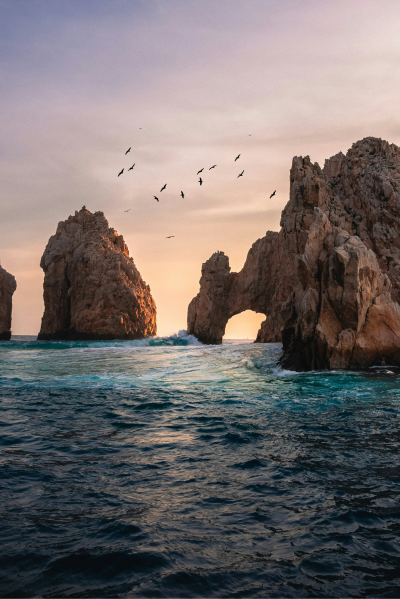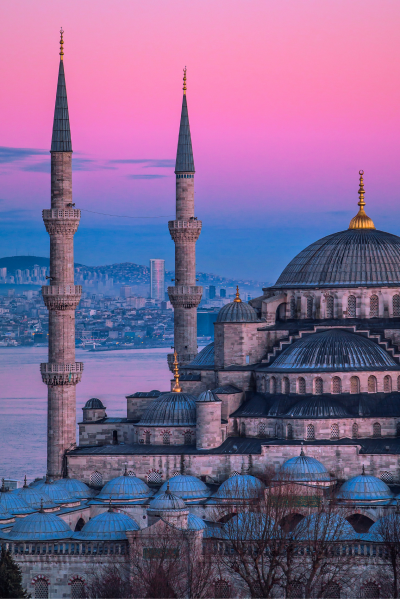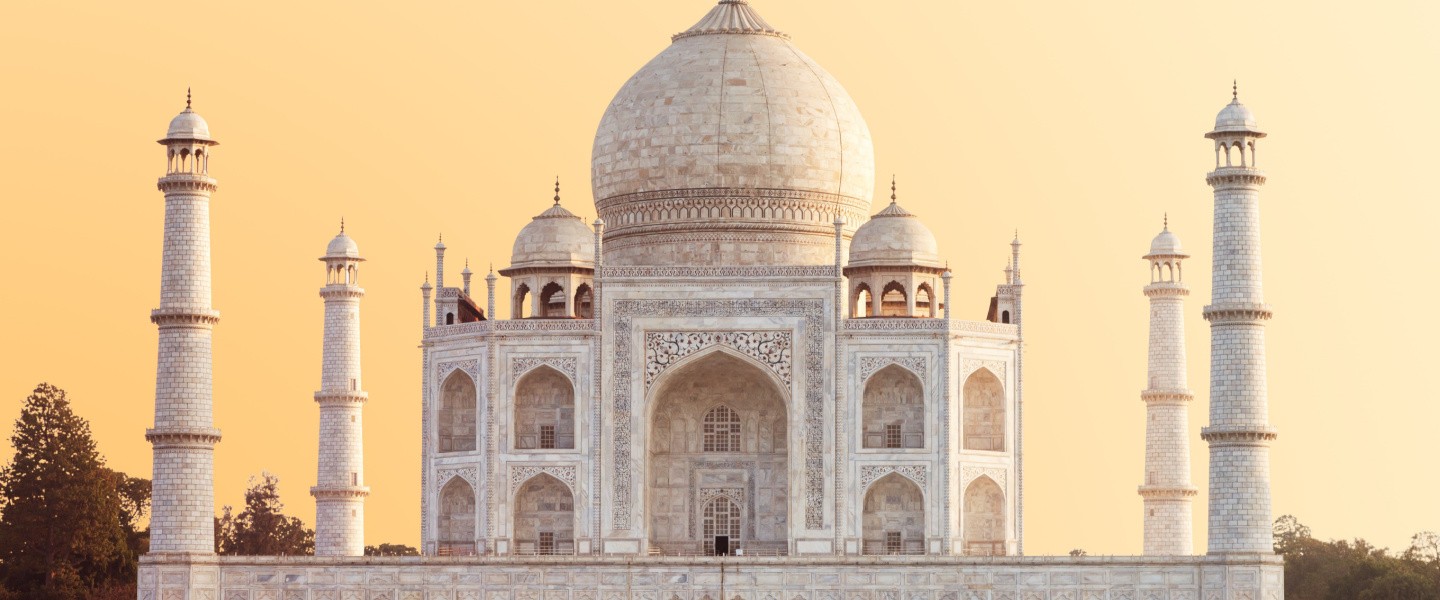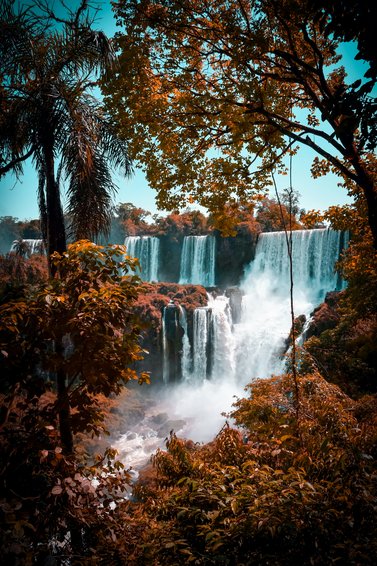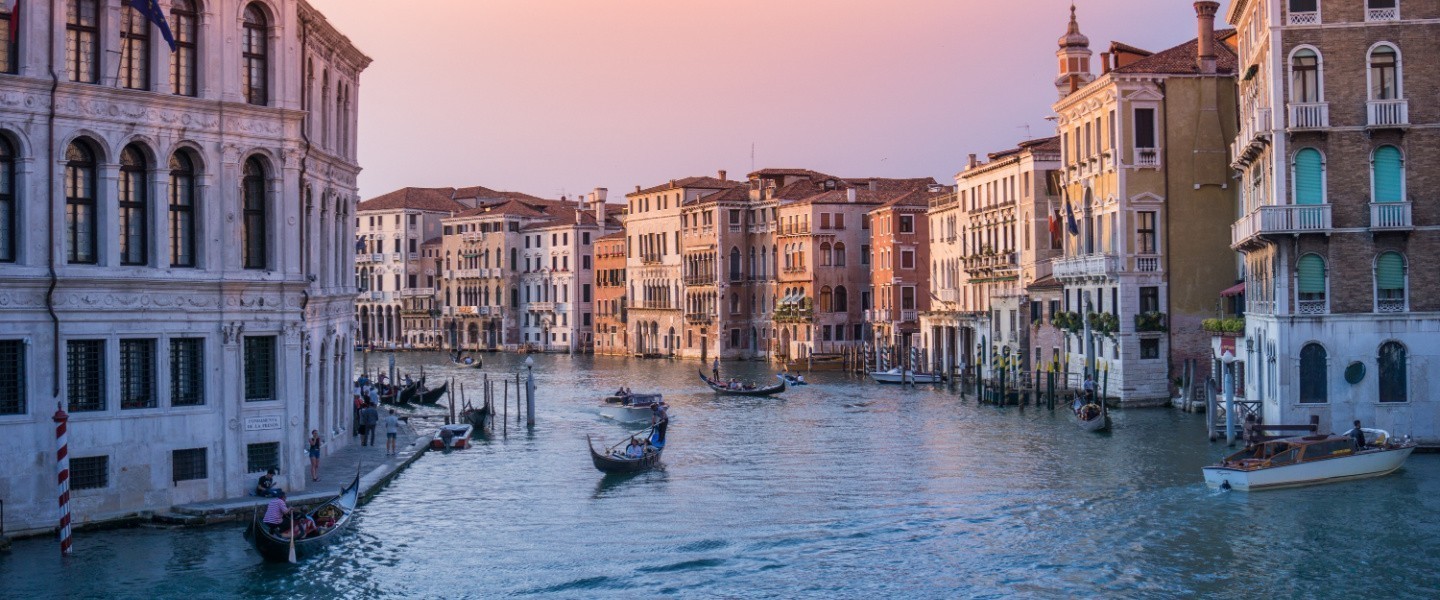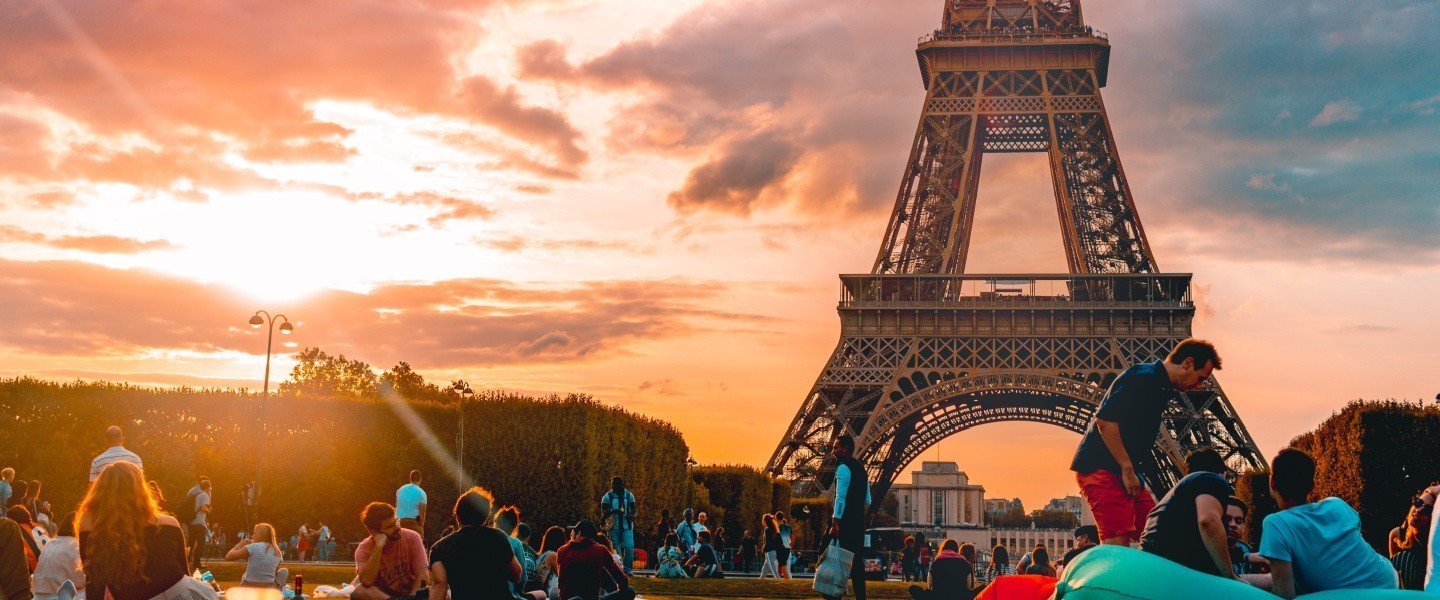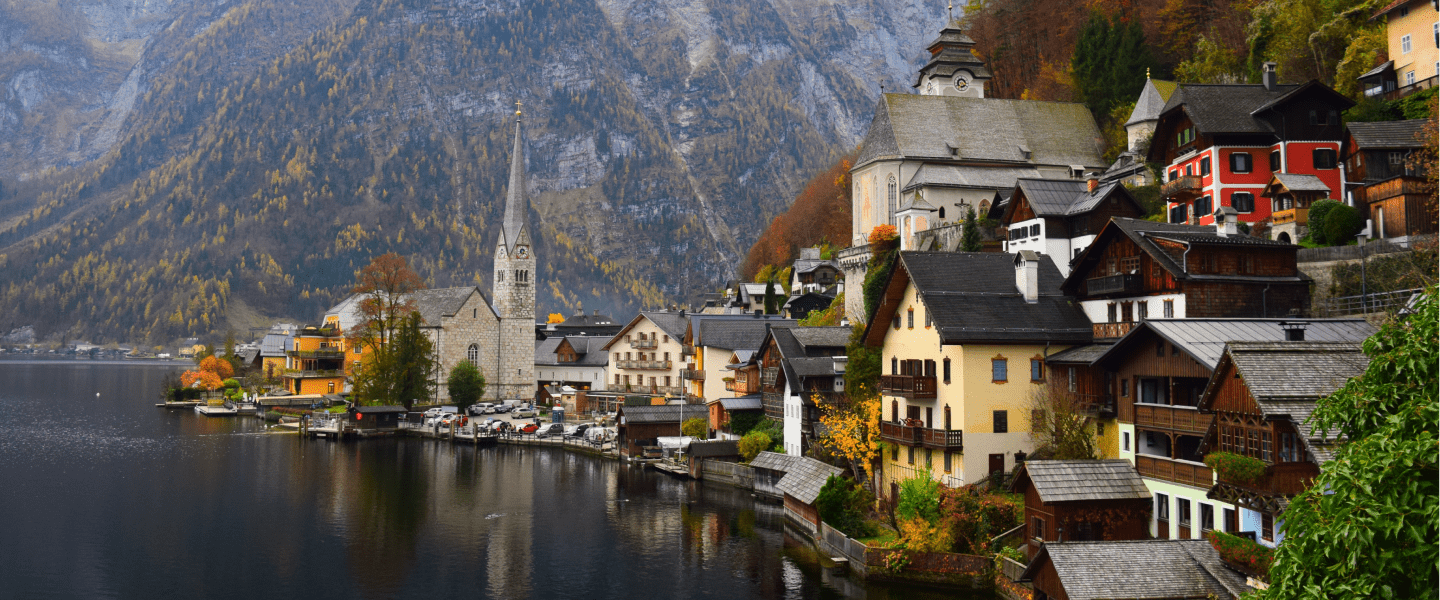Why choose Colombia?
Colombia’s geography is one of the most diverse in the world. From the beaches of the Caribbean and Pacific coasts to the Andean mountains, the Amazon rainforest, and the plains of Los Llanos, each region offers unique views and outdoor adventures.
As one of the world’s leading coffee producers, Colombia offers coffee lovers a unique experience. The Coffee Triangle region, a UNESCO World Heritage site, not only produces some of the best coffee in the world but also offers tours of coffee plantations.
Colombia is the birthplace of Cumbia and Vallenato, and the country has a great music and dance scene that includes genres like salsa, reggaeton, and bachata. Cities like Cali, known as the salsa capital of the world, offer lively nightlife and dance festivals.
Colombia’s varied terrain makes it an ideal destination for adventure sports. Enjoy paragliding over the Chicamocha Canyon, surfing in the Pacific, trekking to the Lost City, or diving in the Caribbean.
Colombia’s got it all — stunning views, great coffee and music, and loads of adventure. Whether you’re here to chill on its gorgeous beaches, get your caffeine fix, dance the night away, or get your adrenaline pumping, you’re in for an epic time.


